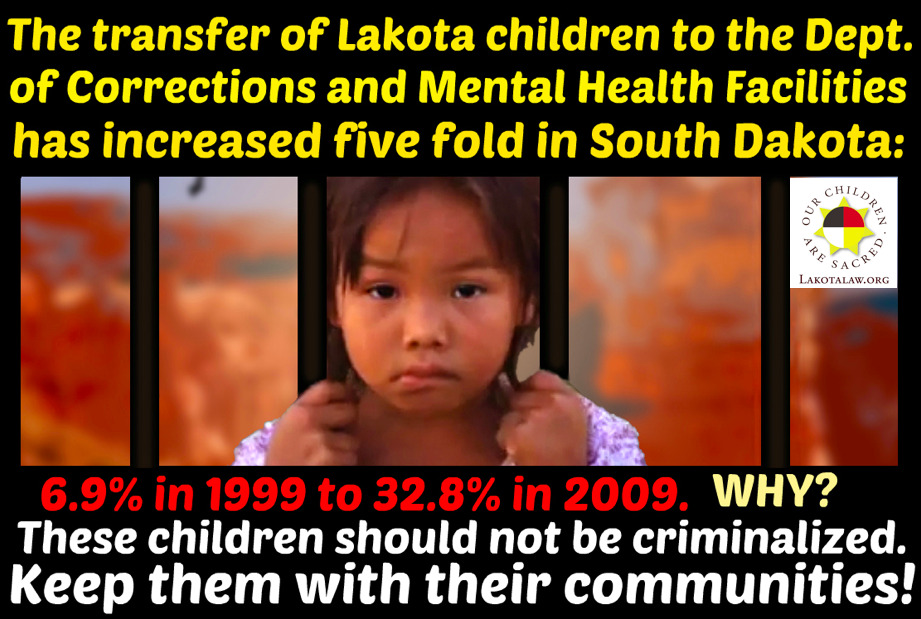opening itself.
Buffy Sainte-Marie, prior to her concert, opined that
genocide took place in the Indian residential schools: "Let's fess up
and hope it doesn't happen again."
Did we commit genocide in forcing aboriginal
children to attend residential schools? For me, as a genocide scholar,
and for many IRS survivors,
the answer is yes. The UN Genocide
Convention of 1948 calls the forcible transfer of children from one
group to another genocide -- not cultural genocide, nor "indigenocide,"
but
actual genocide.
The term's creator, Raphael
Lemkin, was clear forcible transfer was biological genocide: "There is
little difference between direct killings and such techniques which,
like a time bomb, destroy by delayed action." Genocide was never just
about killing -- groups could be destroyed in many ways.
We know that tens of thousands of IRS survivors
had their lives shattered by seven generations of verbal, physical and
sexual abuse. We know at least 4,100 kids died as a consequence of the
system, probably many more. We know forced transfer was intentional on
the part of successive governments -- they wanted to destroy aboriginal
peoples using the schools.
Prime Minister Stephen Harper acknowledged this
in 2008 when he said that "some sought, as it was infamously said, 'to
kill the Indian in the child.' " We can see in the speeches and writings
of John A. Macdonald, Hector Langevin and many others a desire to use
the schools to forcibly cut kids off from their home communities, their
languages, cultures and spirituality.
Phil Fontaine, Bernie Farber, Murray Sinclair
and some two decades worth of academics have said genocide occurred in
the IRS system.
The issue, however, is larger
than simply refusing to recognize aboriginal genocide. Not only has the
museum not recognized genocide in the IRS system, it has promoted memory
and commemoration of five other genocides. We recognize genocide when
it happens on other continents, but we assiduously avoid genocide when
it happens in our own backyard. And that's a shame.
When Quebec created an Armenian Genocide
Memorial Day, it observed, "Quebecers have always rejected intolerance
and ethnic exclusion." When the federal government recognized the
Ukrainian famine, or Holodomor, in 2008 it reflected on the worthiness
of Ukrainians, and their "positive contribution to Canadian society."
Holodomor recognition in Alberta was not just being about the truth of
genocide, but also about the goodness of that province: "The people of
Alberta value democratic freedoms, human rights and the rule of law,
honour the values of compassion and honesty and cherish the
multicultural vibrancy of the province." Saskatchewan stressed how
Ukrainians "have contributed greatly to Saskatchewan's cultural,
economic, political and educational life." In Manitoba, the Holodomor
was recognized in part because "during World War II, a disproportionate
number of Ukrainian Canadians registered in the Canadian Armed Forces to
fight for the rights and liberties of Canadians."
The pattern? First, genocide occurred and has
been denied in other contexts, and for this reason -- to uphold truth,
we must commemorate and recognize. Some people -- Ernst Zundel admirers,
or dupes of the Turkish denialist movement -- have a problem with the
truth; most Canadians don't. Second, the worthiness of the victims and
their descendents is important. The descendents have demonstrably
enriched the fabric of our society.
We come to the third point: Recognition allows
provinces or Canada to prove their goodness and tolerance. Here's where
my problem lies -- by failing to recognize genocide, provincial
legislatures, Ottawa and the CMHR are tacitly denying three things: that
the IRS system's crimes and the intent behind them are genocide; that
aboriginal people have made noteworthy contributions; and that Canada's
governments have perpetrated a history of genocide in the colonization
of the country, which holds serious ongoing legacies.
We need to recognize all
genocides, but especially those close to home. This will take time,
especially for a museum constrained by legal and financial challenges,
with a lot of funding from governments that have little interest in
historical introspection.
I hope A Tribe Called Red's refusal will be a
teachable moment for the museum and Canadians. The CMHR purportedly has
more fluid, changeable exhibits than set-piece museums of the past. I am
trying to be cautiously optimistic about what the future will hold.
David MacDonald is a professor of political
science at the University of Guelph. He is the author of Identity
Politics in the Age of Genocide. 



















